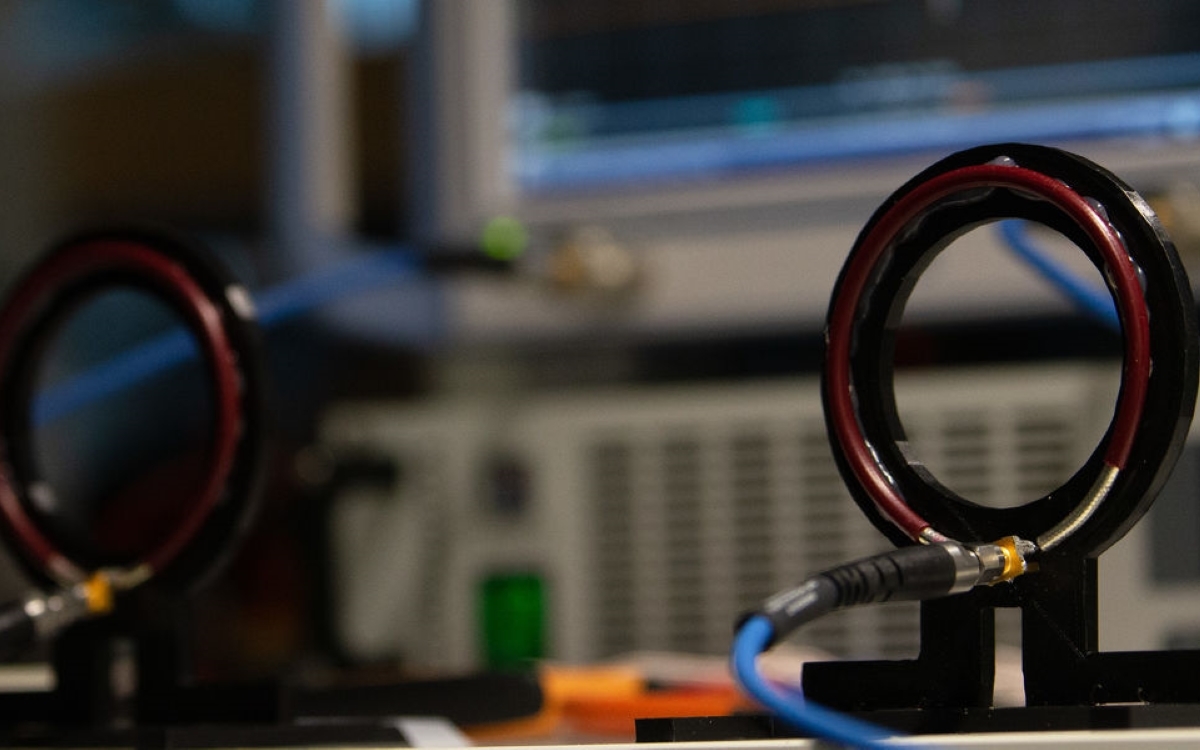Researchers at Aalto University in Finland have been working for several years on the design of wireless electric charging technology that is more efficient than what the Qi 2 standard currently offers.

The functionality of wireless charging has become essential to many users of high-end smartphones and connected accessories such as the Apple Watch Series 9, for example. If you use this type of electronic gadget on a daily basis, you know how it is convenient to charge your devices without cable on a base or a wireless charging stand. You also know that this device is not perfect. It does not really offer remote charging, since it is necessary to properly position the smartphone in contact with the charging base for optimal electrical transfer. Without this, the efficiency of this induction system decreases quickly over longer distances.
Finnish scientists have published an article in which they detail a similar, but much more efficient, technology. In their paper, they develop “a dynamic theory of wireless power transfer between two small circular antennas” of 7.2 cm in diameter. They managed to “achieve a efficient wireless power transfer over large distances” by calibrating the “dynamic interactions between the transmitting and receiving antennas” to remove unwanted radiation.
Wireless and remote charging could happen very soon thanks to these researchers
In concrete terms, engineers have improved the quality of energy radiation, which should allow us to recharge our cell phones by placing them up to 18 cm from the base. At this distance alone, the change in our habits will still be considerable.
To read – Xiaomi invents wireless charging several meters away via ultrasound
Many companies are developing innovative technologies to offer remote charging. Huawei, for example, has filed a patent application discussing the possibility of using the human body to transmit electricity and charge a smartphone. According to the researchers, their invention “is not just important for phones and gadgets; biomedical implants can also benefit.”
